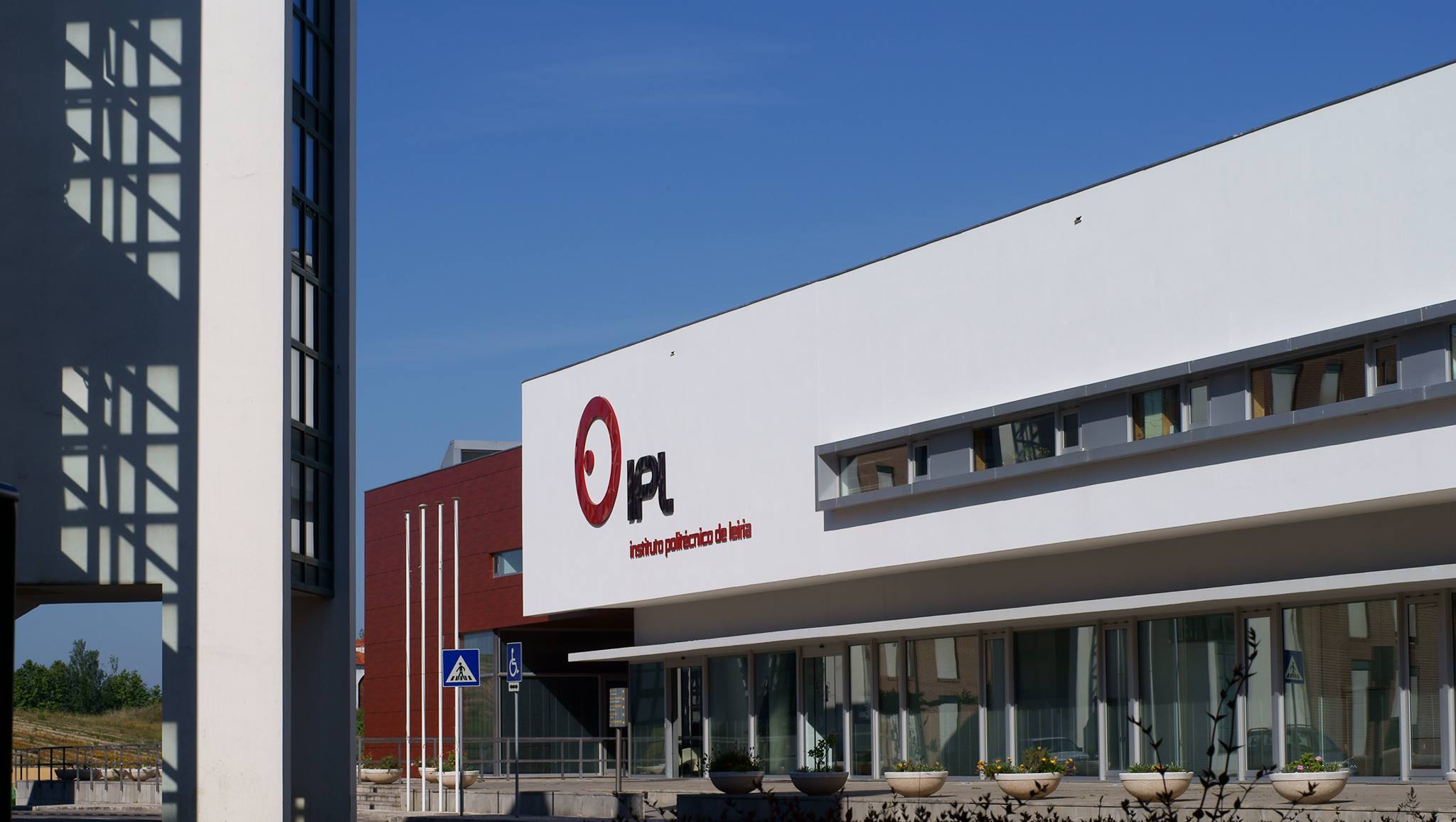Heritage Leiria
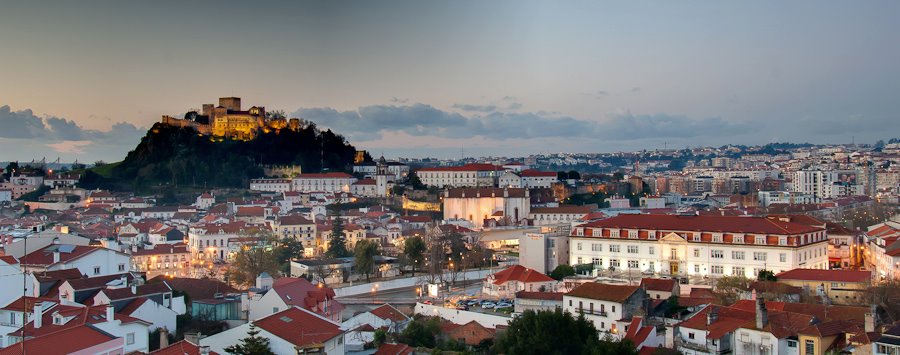
Leira’s Castle
A monumental symbol of the city of Leiria, this is surrounded by the remains of walls that once protected it from invaders. Since the establishment of the human being in the Iberian Peninsula, at the time the instruments made were based on stone, Leiria caught his attention, for his landscapes that mixed the mountains and the sea. Promoted the protection of their land, the castle was a leading exponent of the appreciation that the man had in this region. With a view that enchanted kings and queens, many were those who spent the night, and were dreamed this, from D. Afonso Henriques, D. Dinis and Queen Santa Isabel, which was attributed to the legend of the Miracle of the Roses, John III, among many others. Currently, this castle hosts major events and sharing moments, with Museum Centre of the Keep, Archaeology Workshop, exhibition room, conference room and meetings, company events and guided tours.
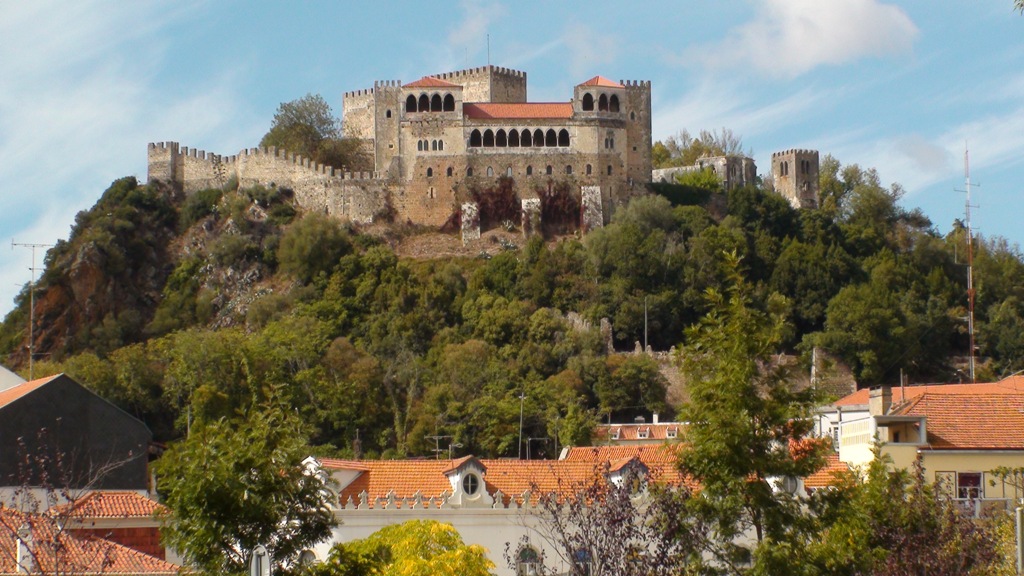
Museum of Imagem em Movimento
Also known as MIMO, this museum in 2011, was awarded by the National Association of Museology as Best Portuguese Museum, having been born of the Portuguese Cinema centenary celebrations, this space offers a conversation that involves art, science and technology, among exhibitions and shows focused to the theme of cinema and photography. In its collection is the evolution of Cinematography, leading to the limits of imagination and creativity involving light and shadow, color, rhythm, volume, gadgets, art, between illusion and reality.
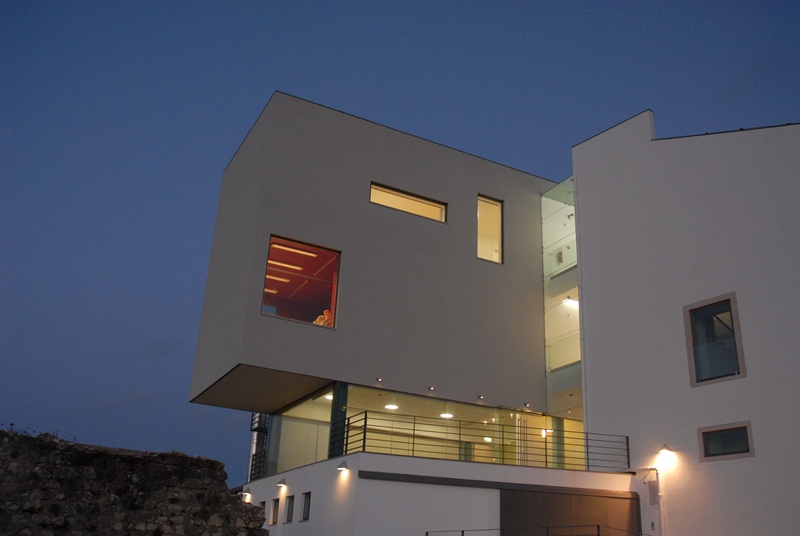
Paper Mill
This landmark of the history of Leiriense industry, was rehabilitated by Siza Vieira architect, but its history goes back to 1411, when its construction was initiated and declared as one of the first in the Iberian Peninsula, at a time when the milling industry was key element for economic development. This is on the banks of the river Lys, welcoming old casters structures that submerge in the buildings, leaving be accompanied by watermills that highlight your image cottage industry. Inside is present the traditional process of paper production and the milling of cereals, and at the end of the trip you can buy flour miller that worked with the energy from the river.
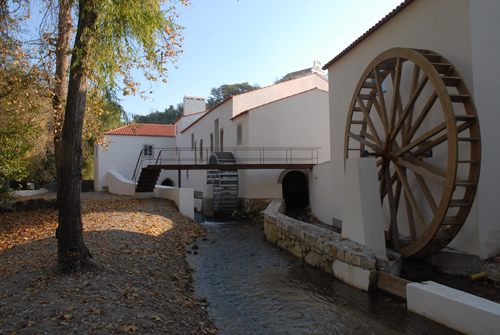
Agromuseu Municipal Dona Julinha
Rising in Casa Agricola Pereira Alves de Matos Carreira, of the nineteenth century, in the time of marriage of José Joaquim Pereira and Clemency Alves de Matos, grandparents Dona Maria Leonilde Pereira Alves Carreira, known as “Dona Julinha”, its last owner. One of the biggest agricultural houses of this region, being composed of several rural and forest properties, this was developed activities focused for the wine industry, cultivation of cereals and olive oil, fruit and forestry. In 2002, this house was donated to the municipality, which adapted the agricultural buildings and annexes, appearing today as an interpretive museum circuit.
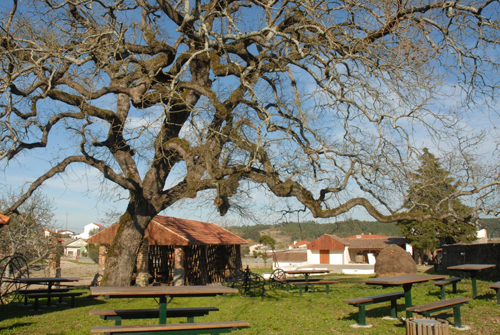
Municipal library Afonso Lopes Vieira
Opening in 1955, this library was founded in honor of its principal donor, the poet Leiriense Afonso Lopes Vieira. Up to today, this space has presented a collection that is enriched by more institutional and private donations, receiving more than 90 thousand titles. Recently, the room Fernando Amaro was inaugurated in honor of bibliophile who donated his estate with more than ten thousand books and documents.
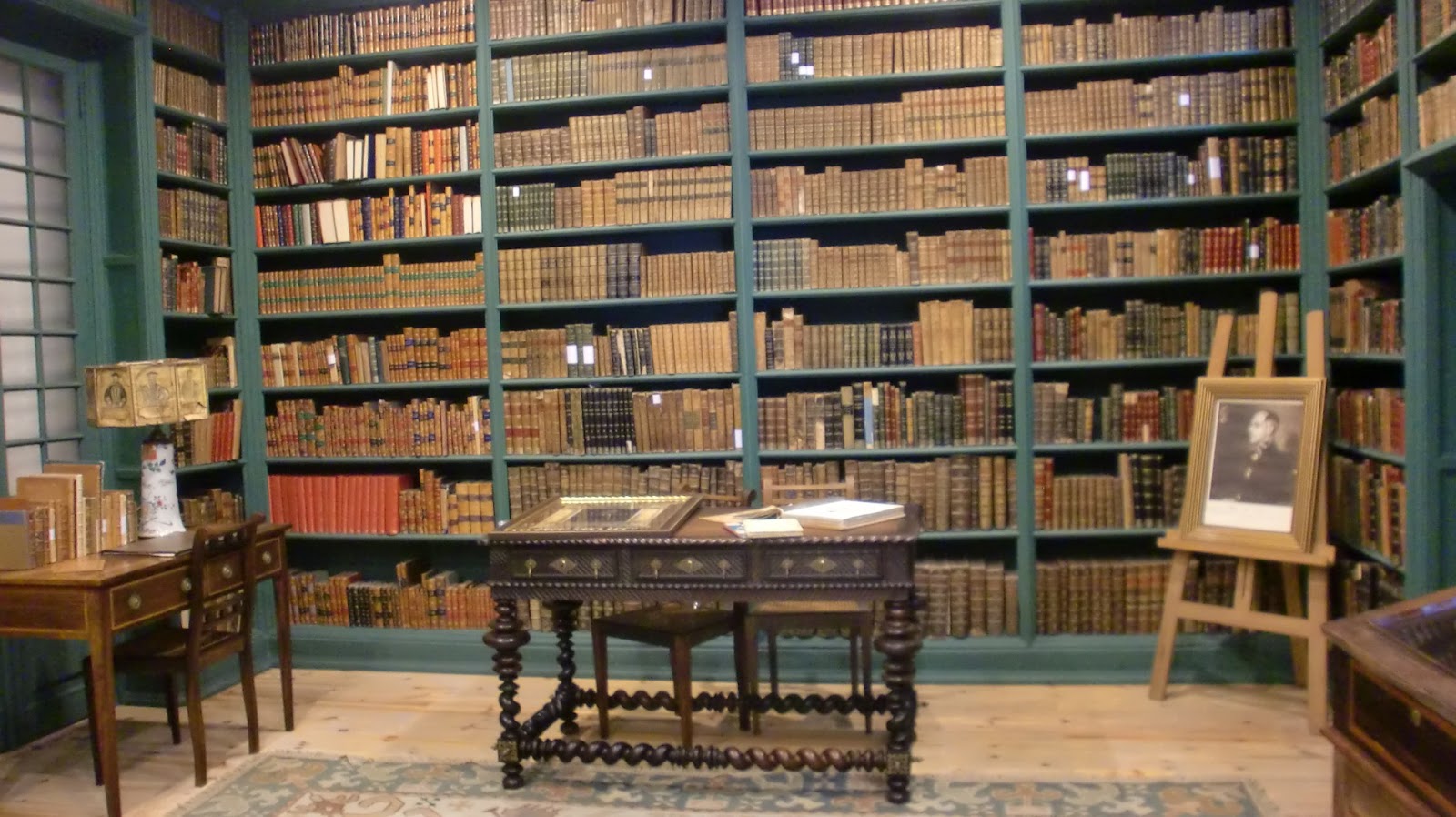
Lapedo Valley
In the parish of Santa Eufemia, just over thirteen kilometers of Leiria, is a place with great natural and cultural value, in a rural, undeveloped industrially, with only three houses associated with old mills structures – grain mills and sawmills. In its natural landscape it is pointed out the valley in the form of cannon, ripping massive limestone and was created by erosion, resulting in one of the major interests of Portugal geologic level. This houses a biological community peninsular very typical, namely a Mediterranean forest, which highlights the Cerquinho Oak (Quercus-faginea) and Arbutus (Arbutus unedo). In order to obtain more information about this valley, it created the Lagar Velho Haven Interpretation Centre, which aims to inform visitors to the investigations carried out at the archaeological site of the Old Mill Haven and the whole story about the evolution of man in this local. In 1998, it was found the “Boy Lapedo” with more than twenty-four thousand years ago, this finding corresponds to a child that resulted from the interconnection of genes between modern man and Neanderthal Man.
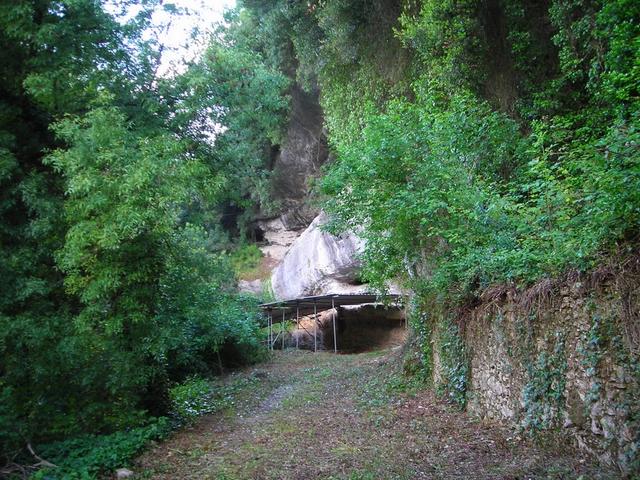
José Lúcio da Silva Theater
A cultural space which is considered the main Leiria concert hall, with various recreational and educational activities, entertainment, social and business, this space is in the heart of Leiria attracting thousands every time its doors open.
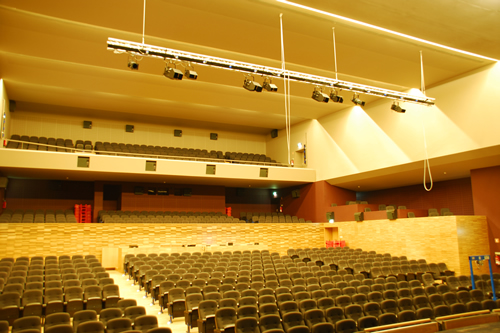
House od the Painters
A built in it thousands of artists portrayed its façade, being a piece of great architectural value in Leiria’s historic center building set. This presents simple with a balcony that emerges with its balustrade in wood. Currently, this space houses the technical services of Archaeology and Heritage and the Conservation and Restoration Laboratory, aimed at social, cultural and educational mission, approaching the citizens to the enhancement of urban art, archaeological and heritage.
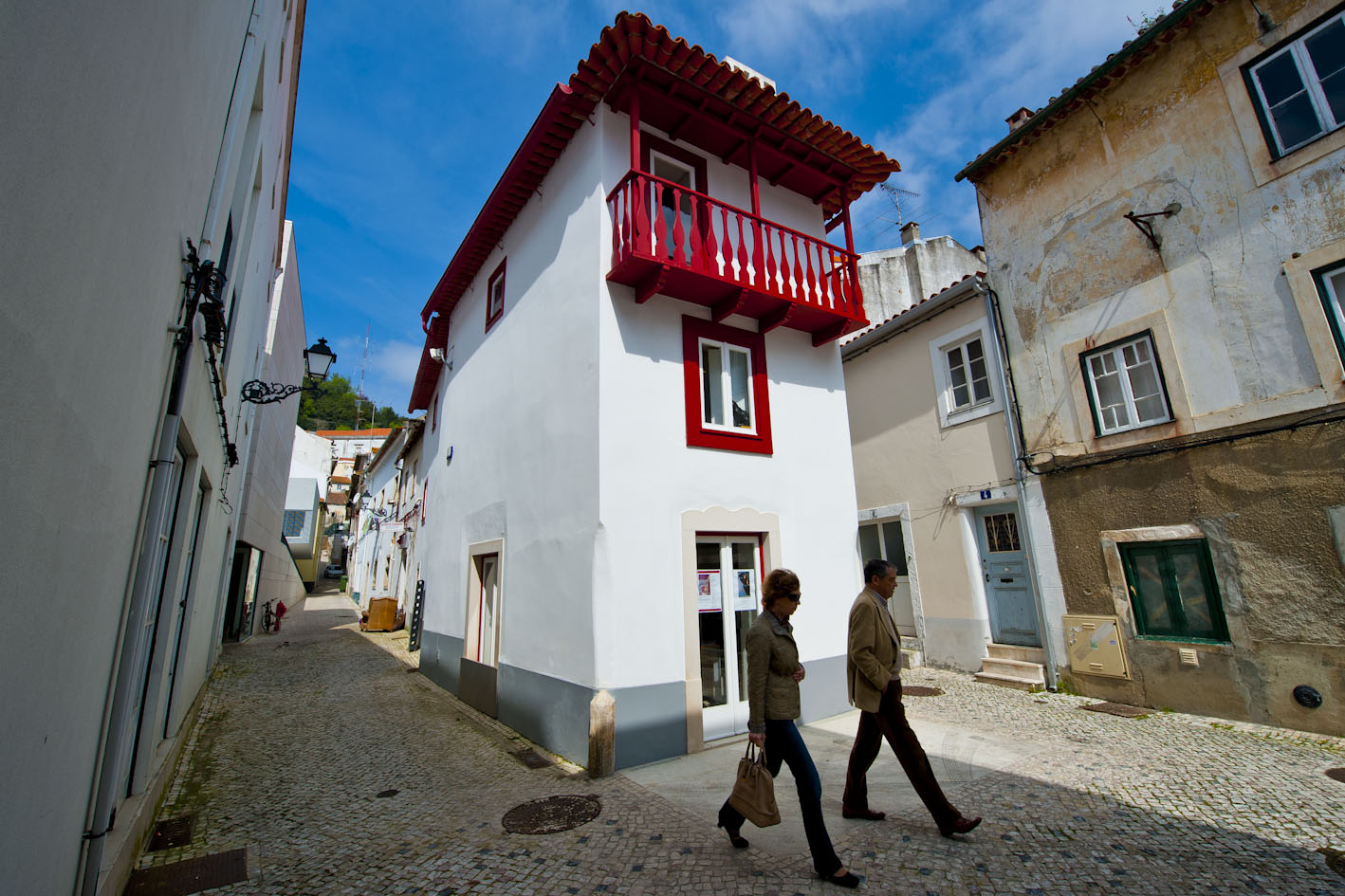
Sant’Ana Marketplace
A site that arises from the rehabilitation of buildings of the twentieth century, and its author Ernesto Korrodi aimed here welcome the Municipal Market. In 2002, it became a cultural center, trying to be a meeting place for citizens and visitors. This is the Miguel Franco Theater, a stage which hosts several plays and dance performances, music and cinema, whose name comes from its merit playwright, democratic and cultural dynamic in Leiria.
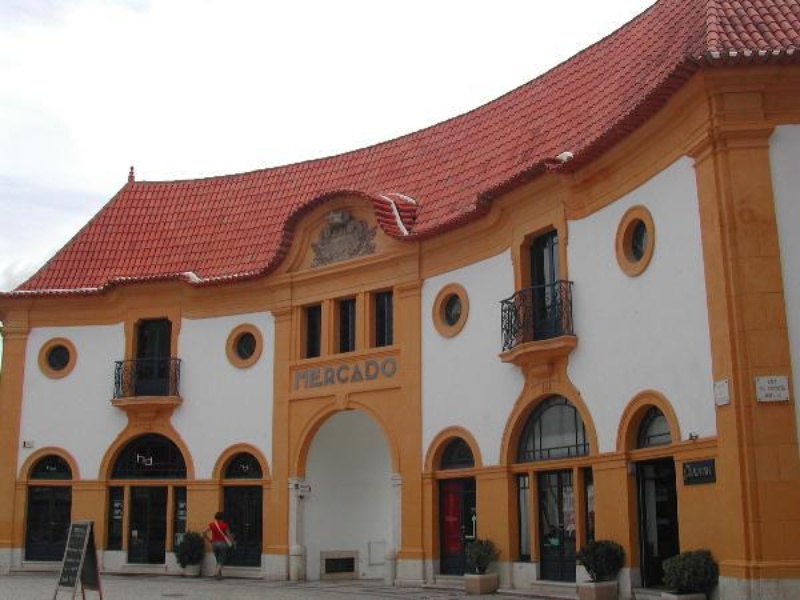
IPL
Referencing the hub of education in this city, it is the Polytechnic Institute of Leiria, which opened its doors in 1987 to the present day has captured the attention of both students and companies and the press. This is composed of: School of Education and Social Sciences of Leiria – ESECS; School of Technology and Management of Leiria – ESTG; School of Arts and Design of Caldas da Rainha – ESAD.CR, School of Tourism and Maritime Technology Peniche – ESTM and School of Health of Leiria – ESSLei. An institution has gained a strong influence in the region, which has from Leiria, the West and Extremadura, in all areas.
